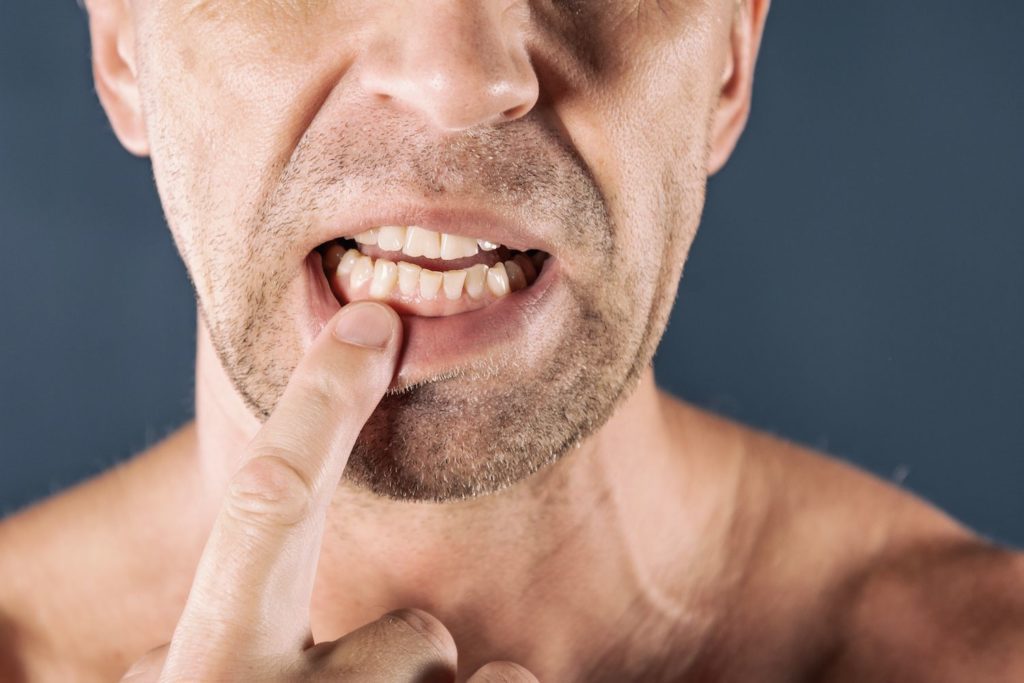Approximately half of American adults will contract gum disease in their lifetimes. This infection of the gum tissue begins as an inflammation of the gums. If left untreated, it can progress to the tooth root and the jawbone, causing significant and irreversible damage.
Even after your dentist treats this disease, you can notice alterations in the appearance of your smile that will remain. Your dentist can discuss cosmetic treatments to enhance the look of your smile with you. Read on to learn about three aesthetic concerns that can develop in your smile due to gum disease as well as how your dentist can resolve these issues.

How Can I Restore My Smile’s Appearance After Gum Disease?
Reduce Puffiness in Gums
Gingivitis, the early stage of gum disease, often manifests with swelling, bleeding, and soreness in the gums. Many patients can grow self-conscious about the puffy appearance that can develop in their gums and how it makes their smiles appear.
Fortunately, when you seek periodontal therapy from your dentist to get rid of this infection, the puffiness should go down on its own. To treat gum disease, your dentist will thoroughly clean plaque and excess bacteria from the gums, including deep in the pockets. They may also recommend using an antibacterial rinse to balance the bacteria in your mouth. This will keep the infection at bay.
Straighten Shifted Teeth
As your gums swell due to the infected tissue, your teeth might see an impact. The teeth can begin to shift out of place due to gum disease. You might be left with crooked, overlapped, or gapped teeth which will stay in their new positions even after treating the infection.
Your dentist can fill gaps in your smile, including stubborn black triangles, using teeth bonding. The cured resin can give you a fuller and more even look to your teeth.
Patients can also realign their smiles with Invisalign. These clear plastic aligners are worn for 22 or more hours each day to gradually move teeth into a straighter position.
Your dentist can examine your unique smile and come up with an appropriate treatment plan that will suit your needs and desires. More severe malocclusions will likely need an evaluation from an orthodontist.
Replace Missing Teeth
If bacteria advance and reach the teeth and the jawbone, these parts of the mouth can deteriorate to the point that the teeth can fall out. Gum disease is the leading cause of tooth loss for this reason.
However, if you do lose one or more teeth, you should talk to your dentist about finding replacements. Dental fixtures can restore the look and structure of your smile. Restorative solutions will prevent further harm to your smile in the absence of these teeth.
Dental implants can provide a natural-looking, sturdy, and reliable replacement for missing teeth. Ask your dentist for an evaluation to learn if you qualify for this permanent tooth replacement treatment. With proper care, these fixtures can last for twenty or more years.
